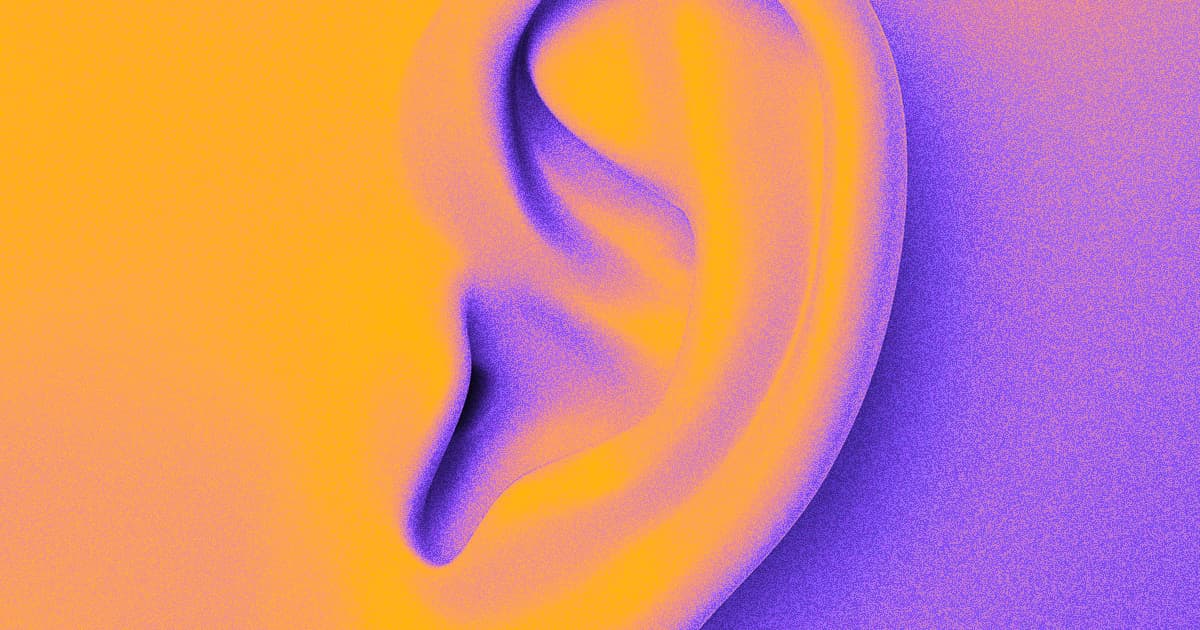Speaking with the parents of a sick infant, Michael Argenyi, a medical student, could not understand why the child was hospitalized. During another clinical training session, he missed most of what a patient with a broken jaw was trying to convey about his condition.
His incomprehension, Mr. Argenyi explained, was not because of a deficiency in academic understanding. Rather, he simply could not hear.

Mr. Argenyi, 26, is legally deaf. Despite his repeated requests to use an interpreter during clinical training, administrators at the Creighton University School of Medicine in Omaha, Neb., have refused to allow it. They have contended that Mr. Argenyi, who is able to speak, communicated well enough without one and that patients could be more hesitant to share information when someone else was present. They added that doctors needed to focus on the patient (not a third party) to rely on visual clues to make a proper diagnosis.
Mr. Argenyi took a leave of absence at the end of his second year, in 2011, after suing Creighton for the right to finish his medical training with an interpreter. The case, scheduled to go to trial on Tuesday in Federal District Court in Omaha, is attracting the attention of the federal government and advocates who are concerned that it could deal a setback to continuing efforts to achieve equality for people with disabilities.
“I couldn’t understand so much of the communication in the clinic,” Mr. Argenyi wrote in an e-mail. “It was humiliating to present only half of a history because I had missed so much of what was communicated. I was embarrassed every time I would miss medicine names that I knew from classes but couldn’t understand when the patient or a colleague spoke them.”
Despite making tremendous strides over the past four decades with the passage of theRehabilitation Act and the Americans with Disabilities Act, those with disabilities remain underrepresented in higher education and in the work force. In the medical field, people who are deaf or hard of hearing remain less likely to hold high-skilled positions than those without impairments.
Universities tend to provide requested accommodations after admitting a student who they know has a disability, proponents for the deaf say. And most arrangements for the deaf are settled long before any issues reach a courtroom, said Curtis Decker, the executive director of the National Disability Rights Network, a federally financed association of legal services programs.
But, he said of Mr. Argenyi’s lawsuit, “It’s a very important case because, I think, if it’s successful it will send a very powerful message to the university community that the law does cover them and the law is clear about the accommodations that they need to provide.”
Creighton officials maintain that they have provided Mr. Argenyi with the necessary tools for him to succeed in medical school.
“Michael Argenyi is a very bright, capable young man who Creighton believes will make a good doctor,” said Scott Parrish Moore, the lead counsel for Creighton.
After being accepted to Creighton four years ago, Mr. Argenyi asked the university to provide a real-time captioning system for lectures and a cued speech interpreter. (Mr. Argenyi, who does not know sign language, can read lips. An interpreter helps by mouthing words while using hand signals to clarify sounds.) These were the same accommodations that Mr. Argenyi, who had a diagnosis of profound deafness when he was 8 months old, received for much of his schooling, from grade school through undergraduate studies at Seattle University.
Creighton provided Mr. Argenyi with just one of the aides that his audiologist had recommended — an FM system, which amplifies the sounds he hears in cochlear implants. The university also provided note takers for lectures, priority seating and audio podcasts.
Soon after classes began, Mr. Argenyi told school officials that the accommodations were inadequate and that he was missing information. He sued in federal court in Omaha in September 2009, arguing that the university was legally required to pay for and provide necessary aides.
Mr. Argenyi said he hired his own interpreter and transcription service, which cost him more than $100,000 during his two years in medical school. The breaking point, he said, came during his clinical work in his second year when Creighton refused to allow him to use an interpreter, even if he paid for it himself. The university did allow Mr. Argenyi to use interpreters during a couple of clinics while the Justice Department was trying to broker a settlement, but stopped when a deal could not be reached.
Mr. Argenyi is pursuing degrees in public health and social work at Boston University, which is providing his requested transcription services, while the lawsuit is pending.
Source: http://www.nytimes.com




